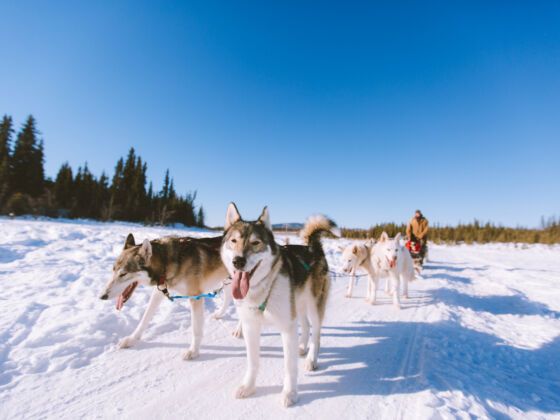Alaska’s fraught relationship with reality television began with the early success of shows like Deadliest Catch and Alaska State Troopers. State officials saw an economic opportunity and a potential boon for the tourist industry, and soon, the lure of strong ratings and public subsidies brought reality producers to the state in droves, like prospectors eager to rake in their fortunes. Of nearly 20 reality shows shot in Alaska, most have centered on a few familiar themes: dangerous jobs, surviving at the edge of the wilderness, and the strange cast of characters the state supposedly draws. Despite their positive reception among outsiders, to locals, these shows are laughable at best — and at worst, they grossly misrepresent our lifestyles. With their cringe-worthy tropes, manufactured drama, and cheap camera tricks, reality shows would have you believe that Alaska is filled with kooks and that every day is a struggle for survival.
Here are 6 things reality TV gets wrong about living in Alaska.
